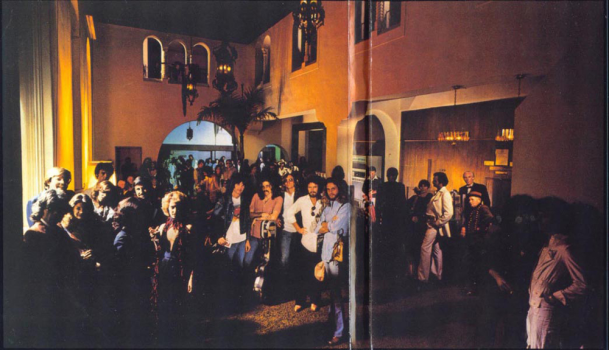The Contribution of 1 John to Redemptive Revelation
John does not name a church or region to which he writes. With Peter, the apostle to the Jews, John
was a pillar of the church in Jerusalem (Acts 3:1; 4:13,19; 8:14; Gal. 2:8–9). Tradition locates his
ministry in Ephesus after the destruction of Jerusalem in AD 70. It may be that he wrote predominantly
to Jewish believers, for he says they had known God’s commandment “from the beginning,” a time
frame reaching back to Genesis (1 John 1:1; 2:7,13–14; 3:8,11–12).
John’s epistle addresses a situation where false teachers denied that the man Jesus was the Christ
(2:22; 4:1–3; John 1:14). In Greek thinking, a spiritual being such as Christ could not become flesh.
This may be the heresy of Docetism, which taught that Christ appeared human but in fact was a spirit.
The false teachers may also have taught an early form of Gnosticism, for Irenaeus said that John wrote
his gospel against the heresy of Cerinthus, who claimed that the Christ-Spirit came upon Jesus at
baptism but left prior to the crucifixion. Such a divorce of spirit and body often implied that the acts of
the body do not affect spiritual life; thus John stresses righteous conduct to counteract these false
teachings.
Though at first working in the church, the false teachers eventually broke away to form their
own movement (1 John 2:18–19). This disruption in the church no doubt shook the confidence of the
remaining believers.
John responded to this crisis by writing a pastoral letter that drew a simple yet profound picture of the
difference between the children of God and the people of this world. The letter contains a series of stark
contrasts: life versus death (1:1–2; 2:25; 3:14–16; 5:11–13,16–17,20), light versus darkness (1:5–7; 2:8–
11), truth versus lies (1:6,8; 2:4,8,21–22,27; 3:7,18–19; 4:1,6; 5:6,20), righteousness and keeping God’s
commandments versus sin (2:3–4,7–8,29; 3:3–10,22–24; 4:21—5:3), and love versus hate (2:9–11;
3:10–18,23; 4:7–12,16–21; 5:1–3).
John’s message centers on God’s nature as light and love (1:5; 4:8,16), revealed in the person and
work of His Son. Jesus is both the Son of God and God Himself (5:20). He came in the flesh, as a real
man who could be seen and touched (1:1; 4:2). The Father sent His Son into the world to give life to
sinners (1:2; 4:9,14; 5:11–12), though the world hates God (3:13; 4:10). With Christ’s incarnation,
God’s light shone into the darkness (2:8), and His love was displayed (4:9). Christ brought a message
about God (1:5) and exemplified that message in His own sinless life (2:1,6,29; 3:5,7). He died as the
propitiation for sins (2:2; 4:10) to make His people completely clean and forgiven (1:7,9; 2:12), and
now He lives to intercede for His people as their heavenly Advocate when they sin (v. 1). He causes
blind sinners to know the true God (5:20) as the Spirit bears witness within them so they know the truth
of Christ (2:20,27; 4:2,6; 5:6,10). Christ has power to conquer the Devil and destroy sin in those united
to Himself by faith (3:5–9; 5:5) as the Spirit dwells in them (3:24; 4:12–13). One day, Christ will come
in glory so that the wicked will be ashamed (2:28) and God’s children will see Him as He is (3:2).
John uses three expressions—“born of God,” “abiding in him,” and “knowing him”—to describe how
God applies the work of Christ to the individual sinner. In the new birth, God produces a new nature
inclined to faith, love, and righteous activity (2:29; 3:8–9; 4:7; 5:1,4,18). The implanting of gospel truth
in the regenerated soul causes him to no longer deny his sinfulness but confess his sins to God (1:8–10).
God the Father makes him into His child and a stranger to this world (3:1), which is ruled by the Devil
(vv. 9–10).
John also struck a blow to Antinomianism and perfectionism.
Perfectionists claims the the "sinful nature is somehow miraculously, surgically removed as a cancer."
On your last points I will not dwell, we are not lawless brother.
Shalom
J.





